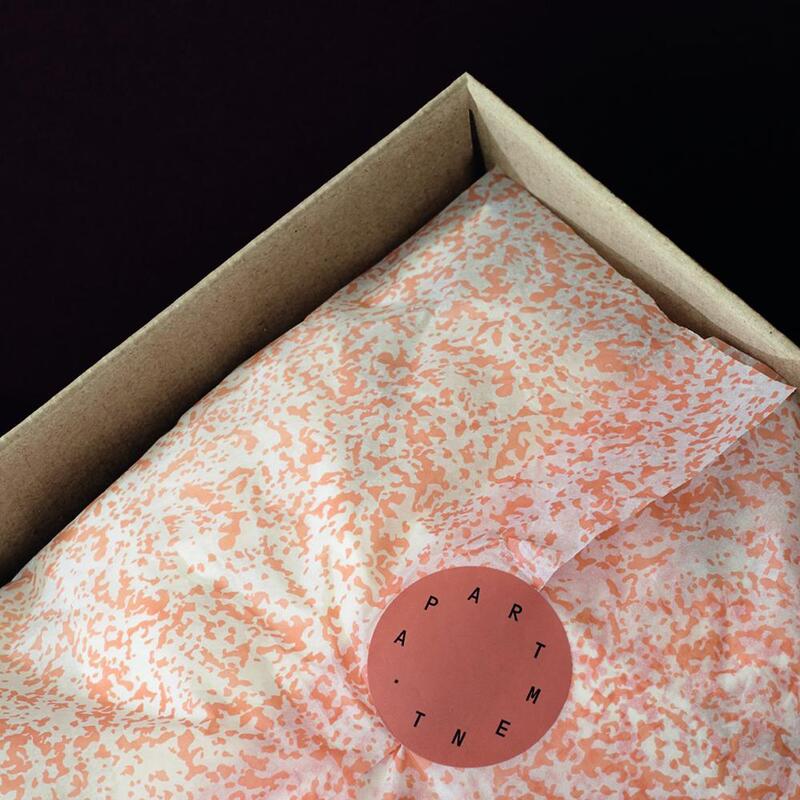The Rise of Wooden Cutlery An Eco-Friendly Alternative
In recent years, the global emphasis on sustainability and eco-conscious living has led to a significant shift in consumer preferences. Among the many innovations striving to reduce environmental impact, wooden cutlery has emerged as an attractive alternative to traditional plastic utensils. This article delves into the benefits, uses, and growing popularity of wooden cutlery, exploring why it is becoming a favored choice for both households and businesses.
The Environmental Perspective
One of the primary reasons for the increasing popularity of wooden cutlery is its low environmental impact. Plastic utensils are single-use items that contribute to the massive amounts of waste ending up in landfills and oceans. In contrast, wooden cutlery, often made from sustainable resources such as birch or bamboo, is biodegradable and compostable. This means that when disposed of, wooden cutlery can decompose naturally, returning to the earth without leaving harmful residues behind.
Moreover, the production of wooden utensils generally requires fewer fossil fuels compared to plastic manufacturing processes. This makes wooden cutlery an intelligent choice for those aiming to reduce their carbon footprint. Companies sourcing their wood responsibly are also making a commitment to maintaining sustainable forestry practices, ensuring that their products support environmental health rather than degrade it.
Aesthetic Appeal and Versatility
Beyond the environmental benefits, wooden cutlery offers a warm, rustic charm that appeals to various aesthetics in dining and food presentation. Many consumers appreciate the natural look and feel of wood, which can enhance the visual appeal of food. This has led to the use of wooden cutlery in high-end restaurants, catering events, and even at home gatherings, where hosts strive to provide a unique dining experience.
Wooden utensils can be designed in various styles and sizes, catering to both casual picnics and formal dining occasions. From elegant wooden forks and spoons to stylish wooden knife sets, the versatility of wooden cutlery means it can suit a wide range of dining contexts. Additionally, wooden cutlery can be used in various culinary settings, including outdoor barbecues, festivals, and eco-friendly food trucks.
wooden cutlery

Durability and Safety
Another advantage of wooden cutlery is its durability. Wooden utensils are sturdy and can handle various types of food, from salads to desserts, without bending or breaking, unlike their plastic counterparts. Additionally, wooden cutlery is generally safe for food preparation as it does not leach harmful chemicals into food, a concern that can accompany some plastic materials.
Many wooden utensils are also designed with ergonomics in mind, providing a comfortable grip for users. Their smooth surfaces can be easier on the mouth than the sharp edges of some disposable plastics, making them a safer option for children and adults alike.
Challenges and Considerations
Despite its many advantages, wooden cutlery is not without its challenges. For instance, it is typically more expensive than plastic utensils, which can deter some consumers who prioritize cost over environmental impact. Furthermore, wooden cutlery is usually single-use, which, while more sustainable than plastic, still presents challenges for those looking to reduce waste entirely.
There is also the question of maintaining wooden utensils. Although most wooden cutlery is designed for single use, those made for repeated use require proper care to ensure they remain hygienic and durable. Users must avoid soaking wooden utensils in water and ensure they are properly cleaned and dried to prevent warping or cracking.
Conclusion
As the world shifts towards more eco-friendly practices, wooden cutlery is carving its niche in the realm of dining and outdoor eating. With its environmental benefits, aesthetic appeal, and practical usability, wooden cutlery serves as a reminder of how small changes in our daily habits can contribute to a larger movement towards sustainability. While challenges remain, the growing acceptance and popularity of wooden utensils highlight a collective desire for responsible choices in consumption. Choosing wooden cutlery not only reflects a commitment to reducing waste but also elevates any dining experience, making it a choice that resonates with both environmental and aesthetic sensibilities. As consumers, the power lies in our choices, and with wooden cutlery, we can make an impactful decision that favors both our palate and the planet.



